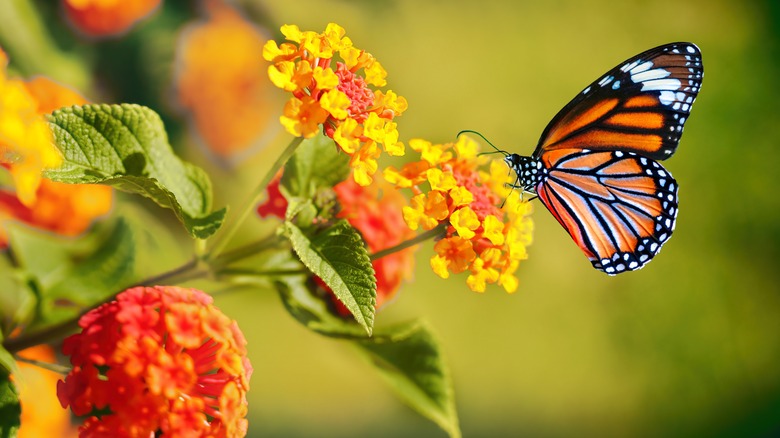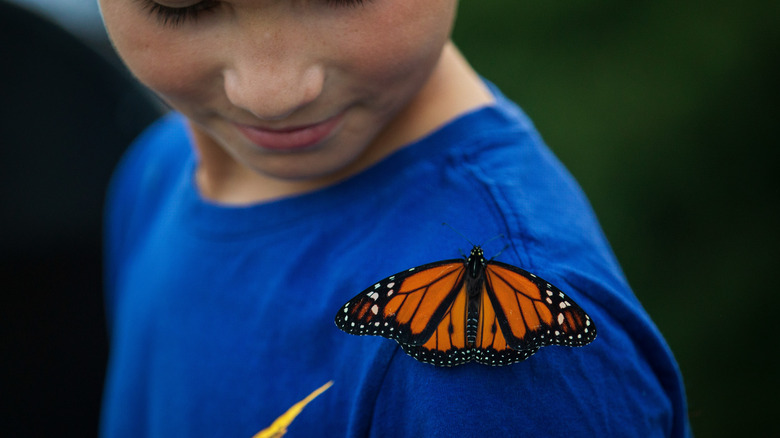The Common Backyard Visitor That Is Dangerously Close To Extinction
Our backyards are incredibly personal, and they speak volumes about the owner. Some of us have long, sizable yards, perhaps even accommodating an elaborate treehouse. Others have tiny yards. Some have meticulously-cared-for bounties of flowers and plants, while others, without such green fingers, allow them to become overgrown and wild or entirely barren. Ultimately, it's nobody else's business how your yard looks, what it contains, and so on. Each is as dramatically different as the next, but they all tend to have one thing in common: the local wildlife will find its way in somehow.
From the smallest insects to the largest of other animals, our yards are outdoors, and so they're free game to a great variety of critters. (In 2018, Penn Live reported that black bears were common backyard visitors in Pennsylvania and offered tips for readers to determine whether they'd had a visit from one). Tragically, in July 2022, one often-seen creature was declared almost extinct.
The marvelous monarch butterfly
Black bears and such, naturally, aren't going to be seen in everybody's yard. Every region of the world is home to a different variety of native creatures, but some species are found around the world. Butterflies, in particular, are very widespread indeed. According to the Smithsonian Institution, there are 17,500 different species of butterfly in the world. These delicate creatures are known for their vivid colors, but it's surprising just how different they all are. For instance, the Queen Alexandra's birdwing of Papua New Guinea is the largest on the planet (via Guinness World Records). Its wingspan can exceed 11 inches (28 centimeters).
Many of us would be shocked to see this formidable flutterer in our yards, but the distinctive sight of a monarch butterfly is familiar to many. Sadly, though, this iconic creature is on the verge of extinction and may not grace our yards and green spaces for much longer.
The tragic decline of the monarch butterfly population
In July 2022, the monarch butterfly was officially deemed endangered by the International Union for the Conservation of Nature (per National Geographic). It has been a common sight in North America, but, owing to the onslaught of climate change, populations have reportedly declined heavily. The monarch embarks on two epic migrations a year, and both its winter and summer homes have been devastated by human activity, weather anomalies, and dangerous pesticides. In the last 40 years or so, the monarchs of California/the Rocky Mountains have been all but wiped out, going from a population of 10 million to less than 2,000.
It has been clear that the monarch butterfly is in peril for some time. In 2020, USA Today reported that the population was on a downward spiral and that 161 species were considered of a higher "priority" for conservation. At the time, the Xerces Society's Sarina Jepsen said, "We may be witnessing the collapse of the monarch population in the West." Tragically, it seems that Jepsen was right. Hopefully, these magnificent beings — and all others — are given the protection and support they need to avoid extinction.


